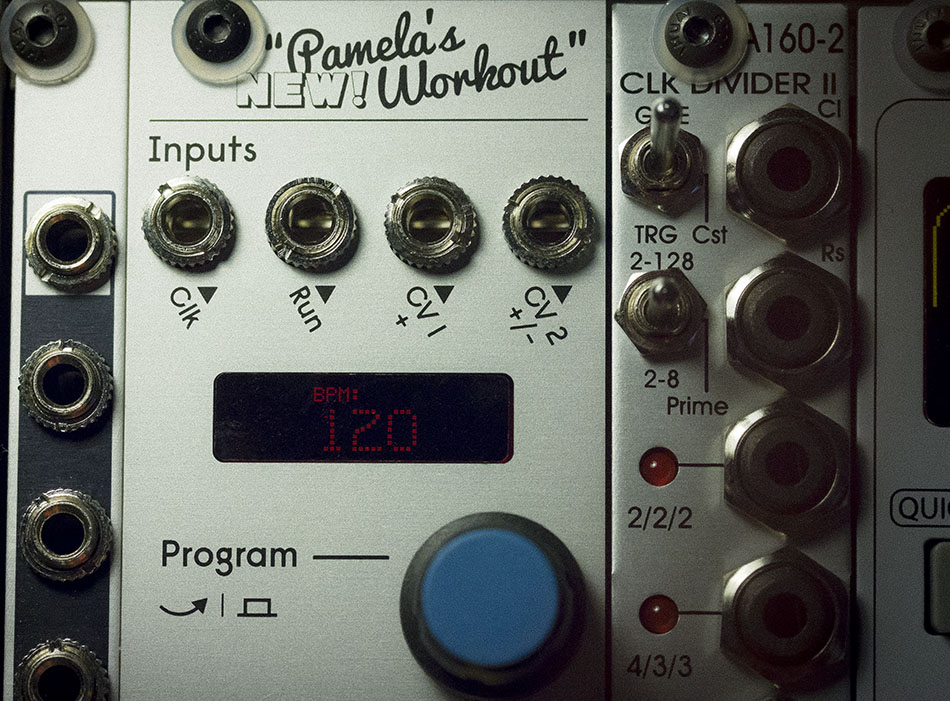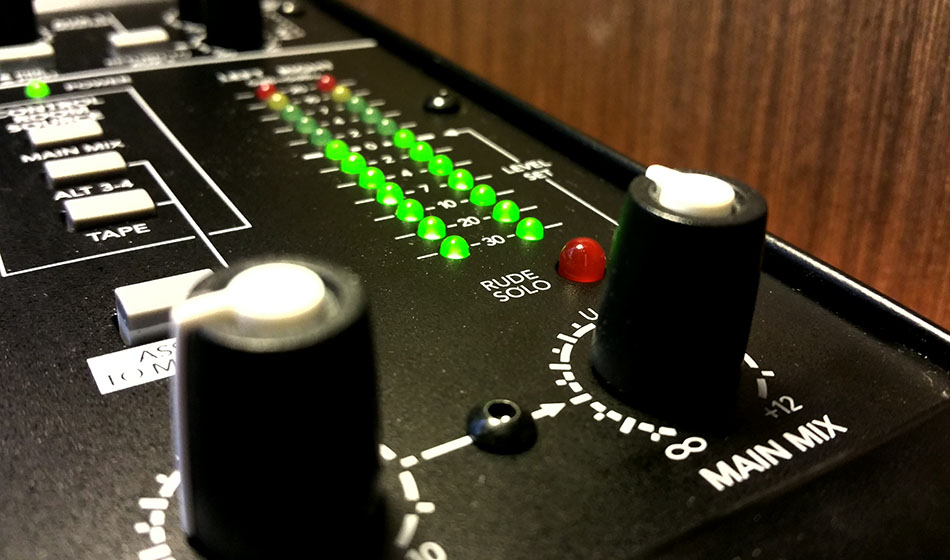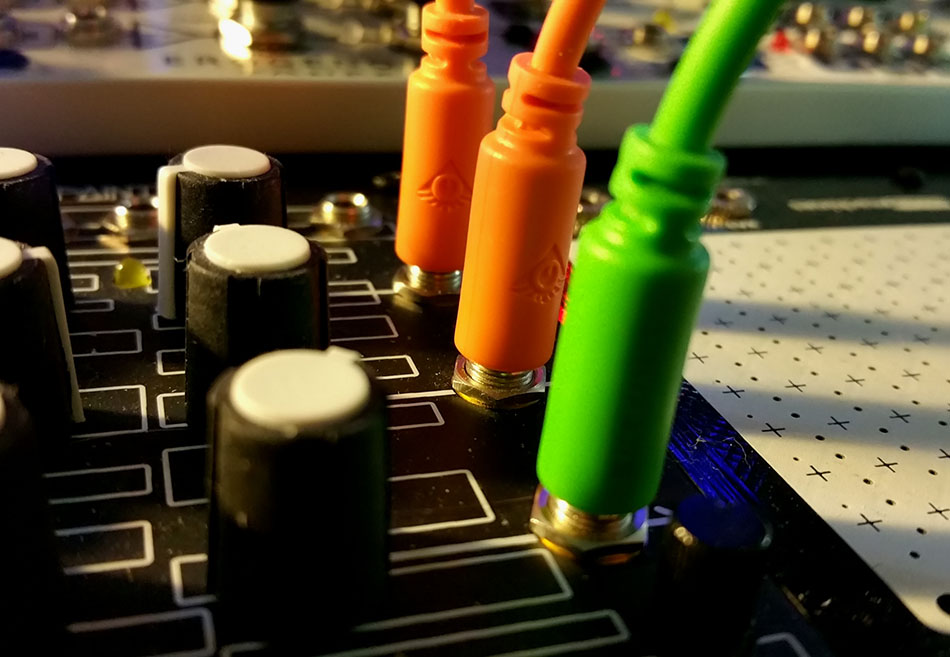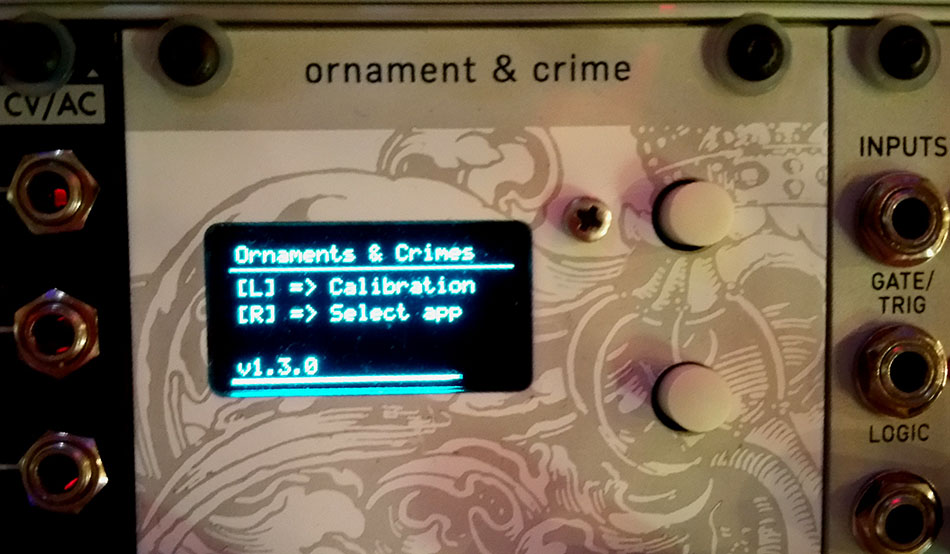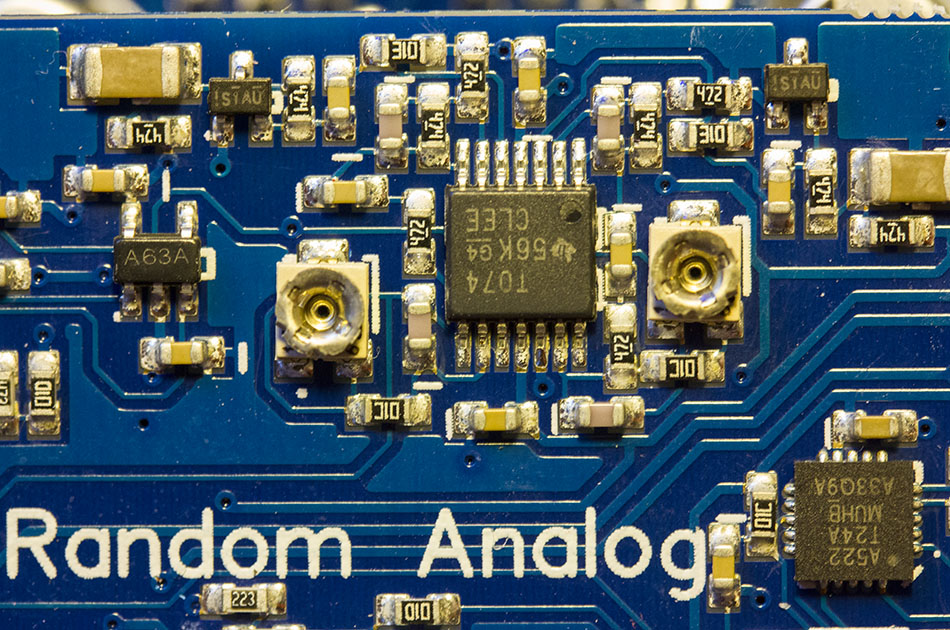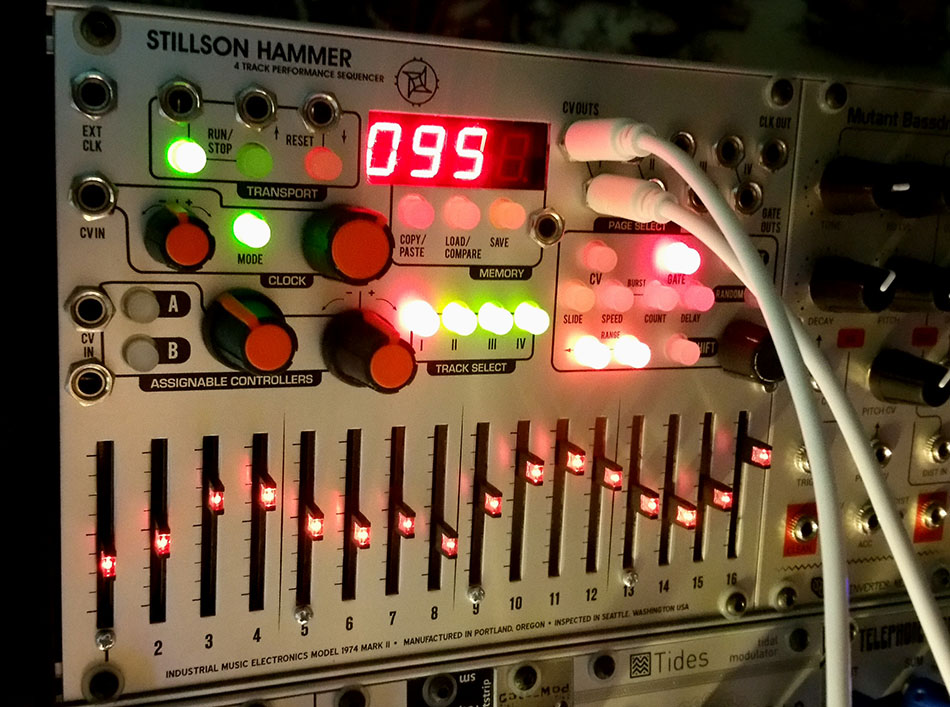
Let’s talk about DNA and sequencing though what I really want to discuss is rhythmic sequencing. It won’t be a deep discussion about genetics, just a note or two. While I certainly respect the work and have learned more than a little about our double helix blueprints from Kary Mullis to Craig Venter, a matter of fact they are icons in my book of people who have inspired me, there is nothing from their body of work that will help me and whatever deficit of genetic material and gray matter I would wish I otherwise possessed that might help me better understand this wild beast known as music and more specifically sequencing.
There is a correlation I see between our DNA and music and that is; patterns. Our genetic base pairs are made of Thymine, Cytosine, Adenine, and Guanine known as TCAG and these four molecules are organized into patterns that repeat billions of times in order to bring sense and meaning to the building blocks of our very being. In popular music, we are typically working with 4 beats per measure and 4 measures (4/4 music) and it is through these repetitions that the order of music and its rhythms become the most common sequencings of sounds that are appealing to us humans at this time in our history’s.
If you think that the study of genetics is difficult, that is where my mind is currently at in regards to building my first musical sequences. To the listener, they may hear 120BPM and never give a second thought to the fact that they are listening to two beats per second, but a second is a lot of time. Try counting as high and fast as you can in one second, I can get to seven or eight as I speak the numbers out loud. So between the beats are pulses where things like snares could be triggered.
When you consider that it is not uncommon for a song to have upwards of over 100 voices that come in and out of the mix during the course of the track, you have to understand that all 100 of these have their own time signatures and hence they get sequenced into the mix at a particular moment or their individual elements are conforming to the timing that has been dictated by the sequencer and clock timings.
While it might be too ambitious for me to begin considering even two voices simultaneously, just understanding one sequenced voice has been a hurdle. Yesterday I wrote about clock signals, it is from these timing devices that the master clock is used to set the rest of the voices in the track to work off the same beat structure. Okay, so what gates and triggers in what sequence make for interesting rhythmic patterns? This is where I need to start experimenting with the basics such as a bass line or pattern for a kick drum. I could use an already written midi track and set it down as the basis to start building a song upon, but then I don’t feel that I’d fully understand the fundamentals.
And so I struggle trying to learn the basics of when to trigger a pulse, send a gate to a voice, or attenuate a voice that was just triggered or modulated for pitch. Someday I will come to grips with this genetic soup of sounds and timings that feel like they are just beyond the horizon of my comprehension.
